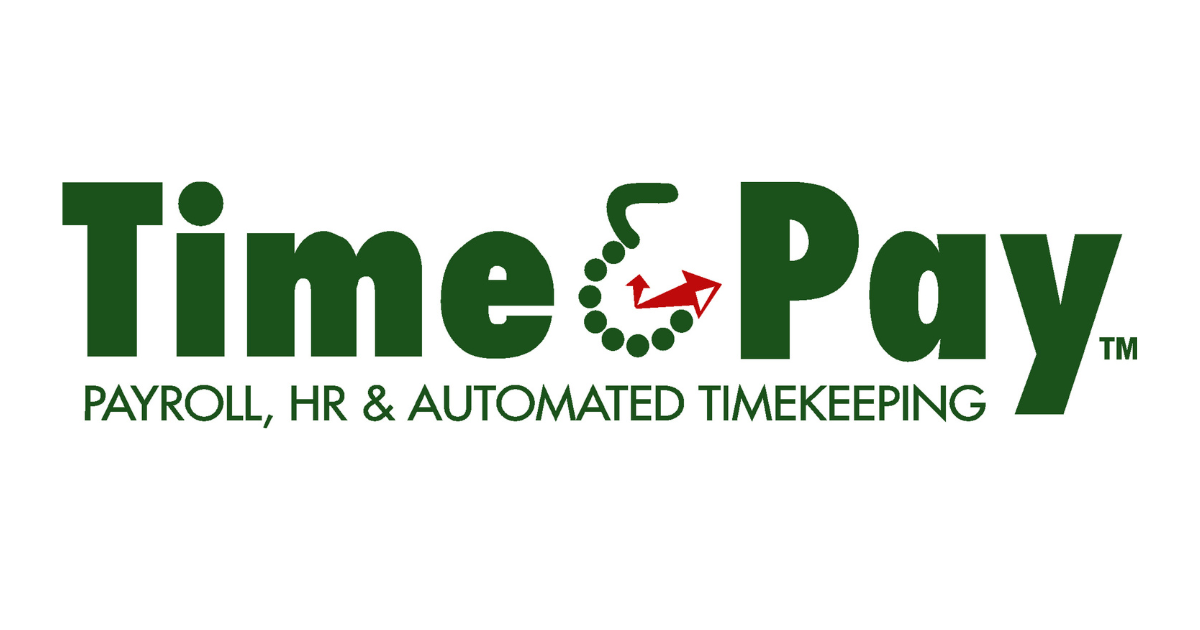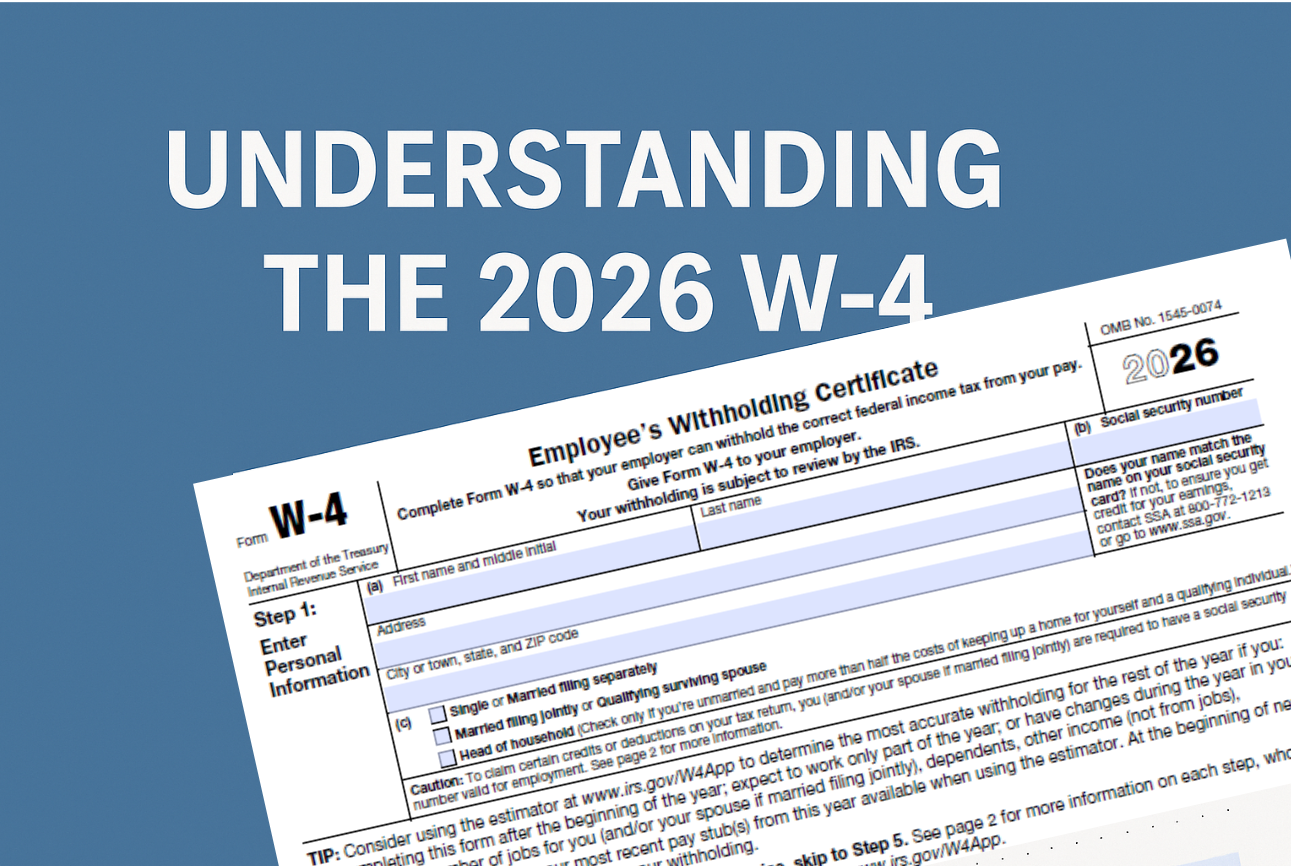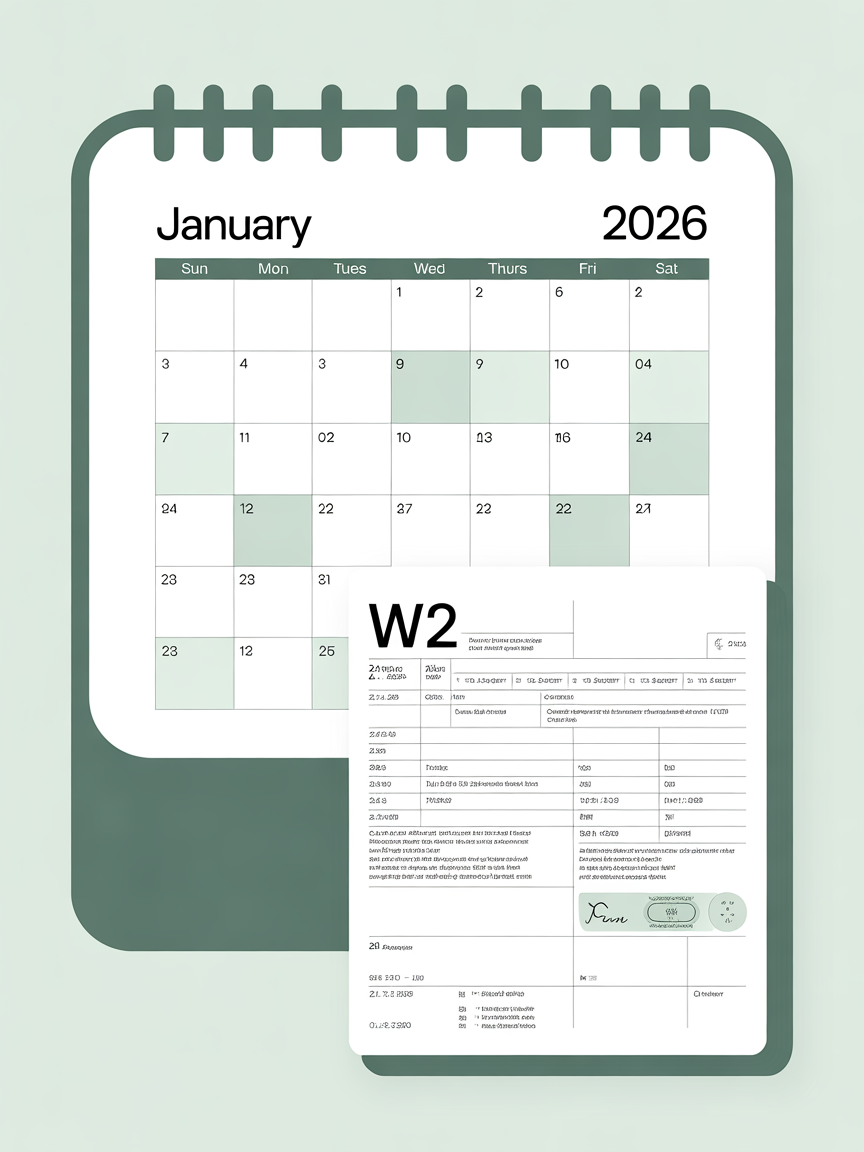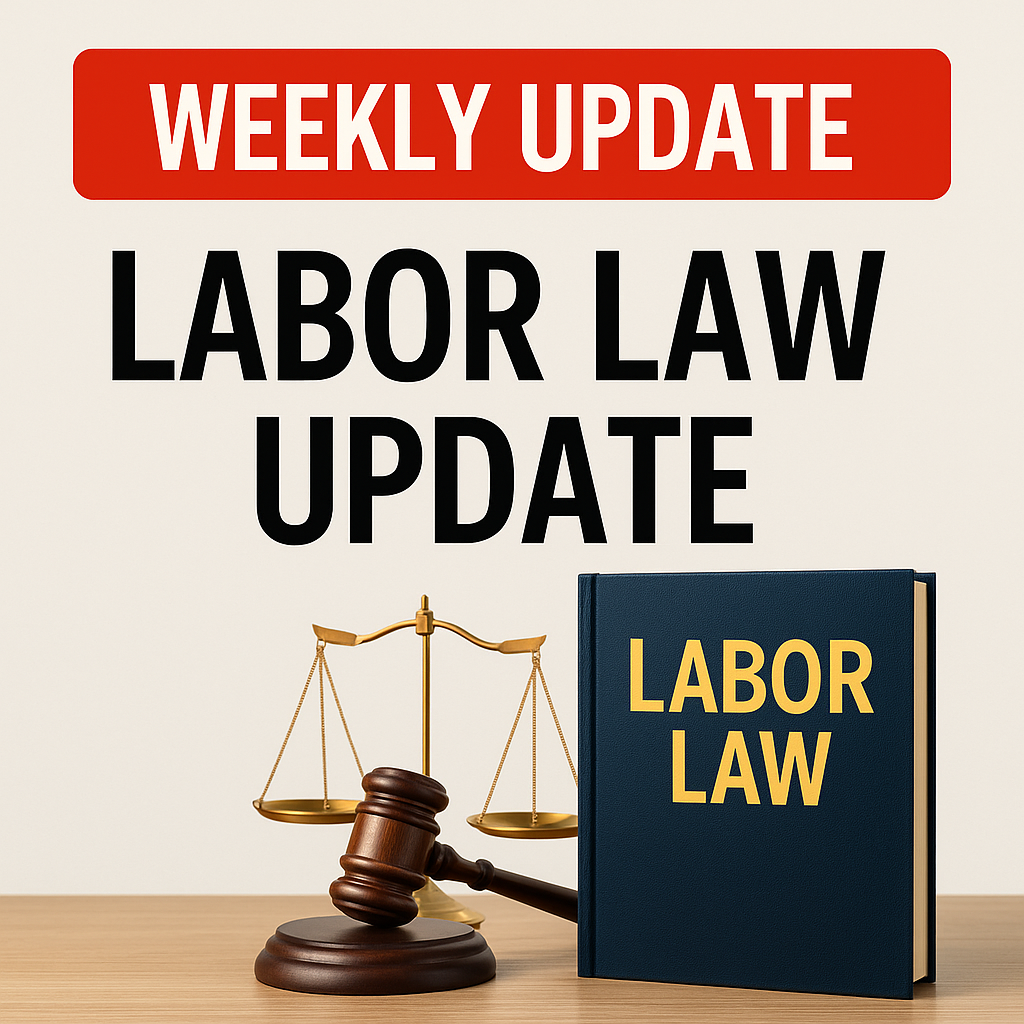Streamlining HR Management: Exploring Time & Pay's Innovative System
In the fast-paced world of human resources, simplicity and efficiency are crucial. That's where Time & Pay's innovative HR management system shines. This platform is crafted to make onboarding new employees a seamless process while managing their information effortlessly. Let's take a closer look at how this system can transform your HR tasks into a more manageable and user-friendly experience.
Simplifying the Journey from Onboarding to Payroll
Imagine this: You've just hired a new employee, and you're keen for them to start contributing to your team. However, the paperwork and administrative tasks that follow can often feel overwhelming. This is where Time & Pay's HR management system becomes indispensable.
"Once they've finished everything, these will turn into check marks," meaning that as your new team members complete each task on their onboarding list, the system automatically checks them off. This way, you can easily monitor their progress. But the efficiency doesn't end there. Once all tasks are completed, the system seamlessly integrates employee data into the payroll system. This smooth transition not only saves valuable time but also helps reduce the risk of data entry errors.
Storing Employee Data with Ease: The Cloud-Based Personnel Folder
Organizing employee information goes beyond the hiring stage. Having a reliable and easily accessible system to store documents is essential. Time & Pay provides a solution with its cloud-based personnel folder, making it simple for HR teams to organize and access employee documentation.
"You can view their information here, download any forms that you need copies of," allowing you to interact with employee data effortlessly. Whether you need to pull up a form or update employee details, the platform offers the flexibility and ease of access you require.
Additionally, the system isn't limited to information collected during hiring. You can request additional documents anytime, ensuring your records are comprehensive and in line with compliance requirements. This feature supports thorough documentation management for audits or compliance checks.
How Time & Pay Benefits HR Teams
The advantages for HR teams using this system are clear. By automating and streamlining HR processes, Time & Pay's platform reduces the burden of manual tasks, allowing you to focus on strategic initiatives that drive company growth instead of getting bogged down by administrative duties.
This simplification of workflows means you can work more efficiently. With less time spent on admin work, the opportunity to engage with employees and foster a supportive workplace environment becomes more feasible.
User-Friendly Features Designed with You in Mind
What truly sets this system apart are its "cool" features, which prioritize user experience. The user-friendly design ensures that HR staff can navigate the system with confidence, leading to better adoption and utilization across your organization.
The platform's accessibility is another considerable benefit. Being cloud-based, it ensures that you can access necessary documents from anywhere, at any time. Whether working from the office or logging in remotely, the information is just a few clicks away, offering flexibility and quick responsiveness.
Bringing It All Together
Overall, Time & Pay's HR management system offers a comprehensive solution for managing employee data, from onboarding throughout the entire employee lifecycle. Its combination of automated processes and cloud-based storage capabilities provides a platform that boosts efficiency and reliability for HR teams.
In a world where efficiency and user experience are increasingly valued, having a system that adapts to your needs is essential. Time & Pay's system not only adapts but anticipates the requirements of its users. Whether you're a seasoned HR professional or new to the field, you'll find the tools you need to manage employee information smoothly and effectively.
Frequently Asked Questions
What are cloud-based payroll systems?
Cloud-based payroll systems are digital platforms that enable you to manage and process payroll online using cloud technology. This allows you to access your payroll data from any location with an internet connection, providing great flexibility and convenience. These systems automate tasks like salary calculations, tax deductions, and direct deposits, thus saving time and reducing errors. They also ensure data is stored securely in the cloud, often with strong encryption and regular updates for compliance with the latest regulations.
What is the SaaS payroll system?
SaaS, or Software as a Service, payroll systems are cloud-based solutions where the payroll software is available as a subscription service. You pay a regular fee for access to advanced payroll tools and features over the internet, without the need to purchase and install software on your computers. SaaS payroll systems are easily scalable and consistently updated, ensuring you always have access to the latest tools and features without additional installation or hardware costs.
What is a cloud-based HR system?
A cloud-based HR system, similar to a cloud-based payroll system, lets you manage various human resources tasks online. These systems typically handle employee information, recruitment, onboarding, performance evaluations, and benefits administration. By using a cloud-based HR system, businesses can enhance data accessibility and collaboration across different locations, streamline HR processes, and ensure secure storage and quick retrieval of HR data.




